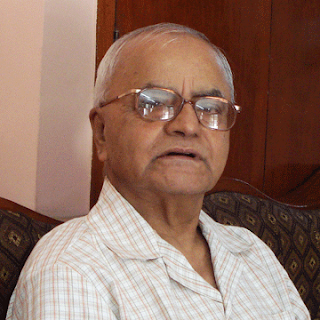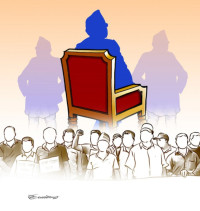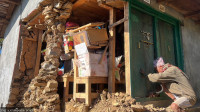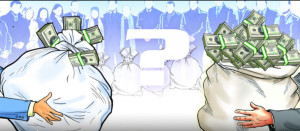Columns
Uncertain political stability
The multiparty experiences in the post-Panchayat era were not up to the minimum standards.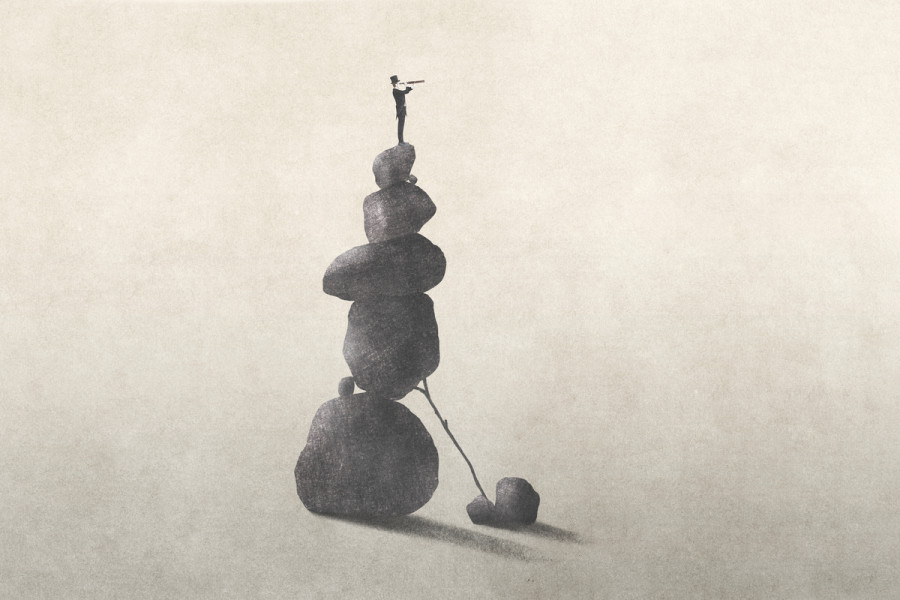
Lok Raj Baral
Nepal’s political development since the 1951 revolution has proved to be elusive despite much noise made for its sustenance. The hostile socio-political background, and the authoritarian and feudalistic political culture handed down to the new "democratic" elite and the emergence of diametrically opposite political forces represented by the monarchy and party leaders on the one hand, and the intra-party and inter-party conflicts on the other, shattered the agenda of democracy.
The vaulting ambition of the newly restored monarchy and the inept handling of the situation by the new political elite lost the mission of holding elections to the Constituent Assembly, the principal agenda of the 1951 Delhi compromise mediated by the government of India. Ironically, the same Rana prime minister was imposed because Nepal needed the harmonisation of experiences of the Ranas and innovations of the new democratic elite. However, such a pious hope could not materialise with the three forces—the King, Nepali Congress (NC) and the Ranas—trying to cancel each other. Later, the monarchy unilaterally influenced politics by discarding the constitutional process in 1960.
Uncharted course
Thus, the monarchy, which had granted the constitution by itself, threw Nepal into the uncharted course of political instability, contrary to King Mahendra’s assertion that his regime was “rooted to the soil and suited to Nepal’s conditions”. The parties were maligned for divisiveness and conflicts that allegedly stalled development. Nevertheless, the royal coup subsequently proved to be Mahendra’s nemesis for the parties that challenged his intense desire for power. As any other authoritarian regime that comes to power with a bang, hounding and hitting the opposition with all energy and resources, the partyless Panchayat regime soon started the trend of decline. The regime could neither establish its popular legitimacy nor provide any ideological foundation needed for political sustenance. Moreover, the low performance of the administration, internal contradictions and bickering provided enough grist to the opposition’s claim for democracy and freedoms.
Ironically, the multiparty experiences in the post-Panchayat era were not up to the minimum standards of the democratic process as the party functionaries were more indulgent in petty interests than in developing democratic institutions and political culture. Even the NC, which spearheaded the 1950 and 1990 movements that were supposed to lay the foundation of democracy, lost track when the party top leaders picked up quarrels, sowing the seeds of future political instability. Its first majority government, a product of the 1990 Constitution, fell due to ego problems of its senior leaders, thus paving the way for a series of unstable governments headed by sundry party leaders.
All forms of governments—majority, minority, coalition of parties irrespective of ideologies—were tried, but they failed to stabilise the constitutional process. Trying to fish in troubled waters, the ambitious new King Gyanendra also jumped into the fray by exploiting the party leaders’ weaknesses and taking regressive measures reminiscent of the 1960 coup. Amid the fragmentation of the parties, political intolerance and monarchical rise, the 10-year-long Maoist insurgency further gave rise to the continuity of liberal democracy. Anti-liberal democracy was thus represented by both the king and the Maoists. At the same time, the CPN-UML seemed to skim the cream of multiparty democracy and Leninism. However, Nepal’s ground realities didn’t allow any party to be fully Leninist or Maoist. And hence, they too adopted a dualistic approach to the country’s politics despite the UML leaders’ claim that they are better democrats than the “democratic” NC leaders.
Since Nepali politics is influenced by many contradictory forces and developments and their linkages with external concerns, it is difficult to give a prognosis of democratic stability. It is more so because of the left parties’ lack of strong commitments as they often swing from one end to the other. Their penchant for democratic centralism and Xi Jinping Thought that they display from time to time does not assure democratic stability. And the NC’s weakened status since the last general election has made it a dependent ally on some left groups whose ideological positions and strategic swings do not make the NC capable of steering the course of democratic development.
Surrounded by hostile forces that range from Marxist-Leninist to Maoist, smaller parties formed as alternative forces to traditionalists, including monarchists, the NC needs to transform itself into a real people-centric party. The recently held party convention has rekindled the hope of rejuvenation of the NC, particularly with the election of some leaders whose popularity was tested by throwing them into some crucial roles. With Sher Bahadur Deuba as the new president, despite the defeat of his nominees, he still commands an overwhelming majority within the party, thus enabling him to run it as he used to do before. However, Deuba cannot ignore the views of two general secretaries, Gagan Thapa and Biswaprakash Sharma, and vice-president Dhan Raj Gurung, who was elected from outside the Deuba panel. These new leaders, plus some other members, have come with a promise to transform the NC to make its election worthy and programmatically reliable in the people’s eyes.
Refurbish its image
If democracy is to survive, the NC needs to refurbish its image of a democratic party. Much of its policies and activities should be people-oriented and readily deliverable. Democracy and democratic parties must be procedural as well as functional. Procedures imply institutionalisation; functionality is related to dynamism and "performance-legitimacy". Devoid of performance, no democracy will be stable. Even within the United States, where democracy is considered to be stable, debates about the threats to democracy have begun. What would happen to American democracy if Donald Trump once again becomes president of the US? The seven million votes he polled in the last election have been taken as a threat to democracy as these votes can be increased if the Democratic Party fails to blunt the Trump edge to gain power. Yet it is too hasty to draw any conclusion about the possible Trump impact on one of the oldest democracies of the world.
The ideological ambiguity of the political parties, emotive elite behaviours, lack of institutional culture for running governments and parties, rampant corruption that has crept into the body politic, too much externalisation of domestic politics and increasing role of geo-politics are some of the causes for democratic decay. Given the existing political reality and orientations of major forces and elites’ dilemma, democracy’s stability chances are rare. But juxtaposed with this scenario, the political parties, regardless of their backgrounds and orientations, have stood together to promote the democratic struggle against authoritarianism; but have failed to do democratic exercises for the common people, thus resulting in widespread frustration and despondency. To cure such "maladies" is needed a "mental medicine", which is nothing more than a strong commitment to the established process.




 18.12°C Kathmandu
18.12°C Kathmandu